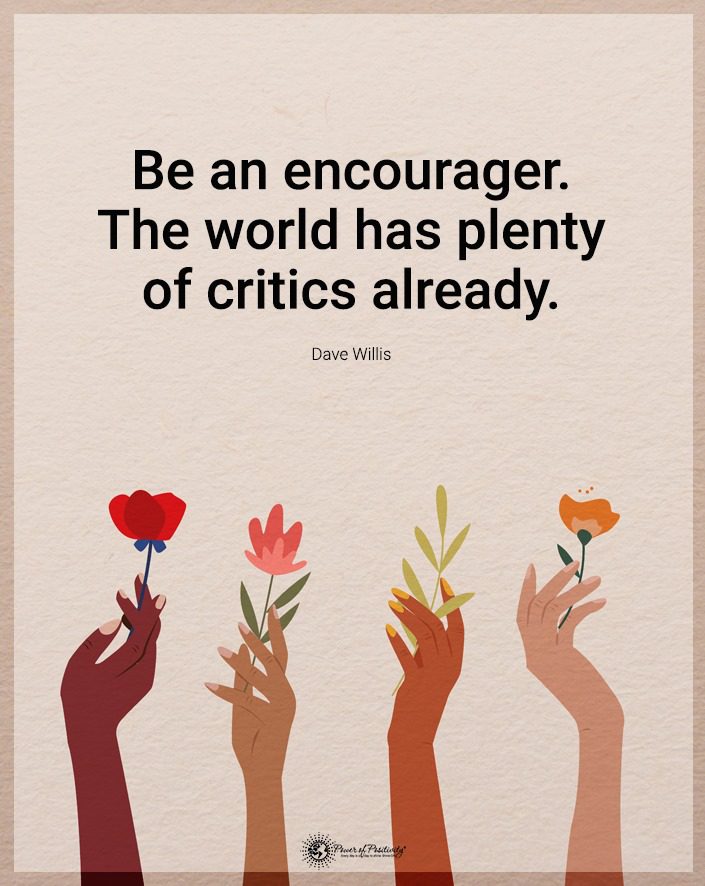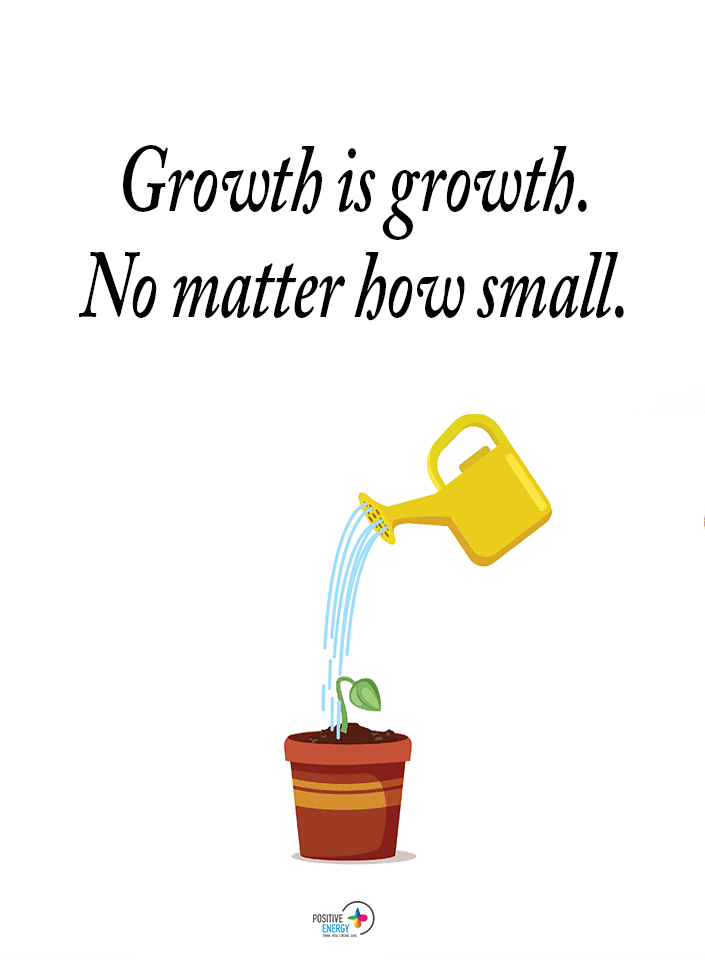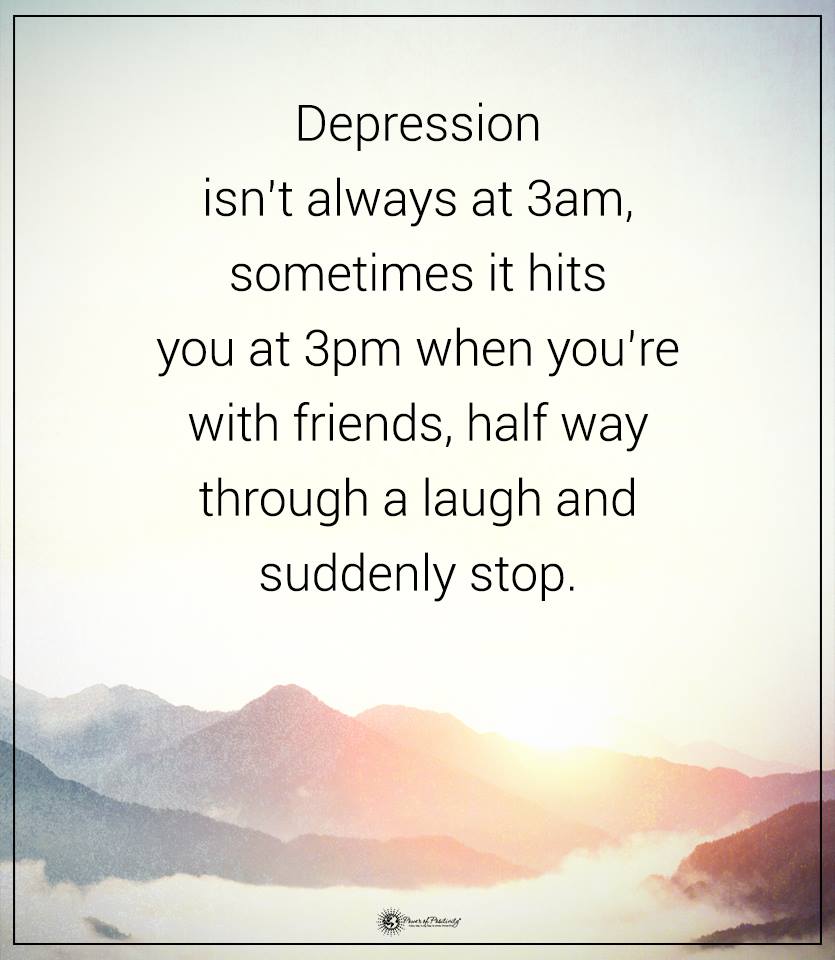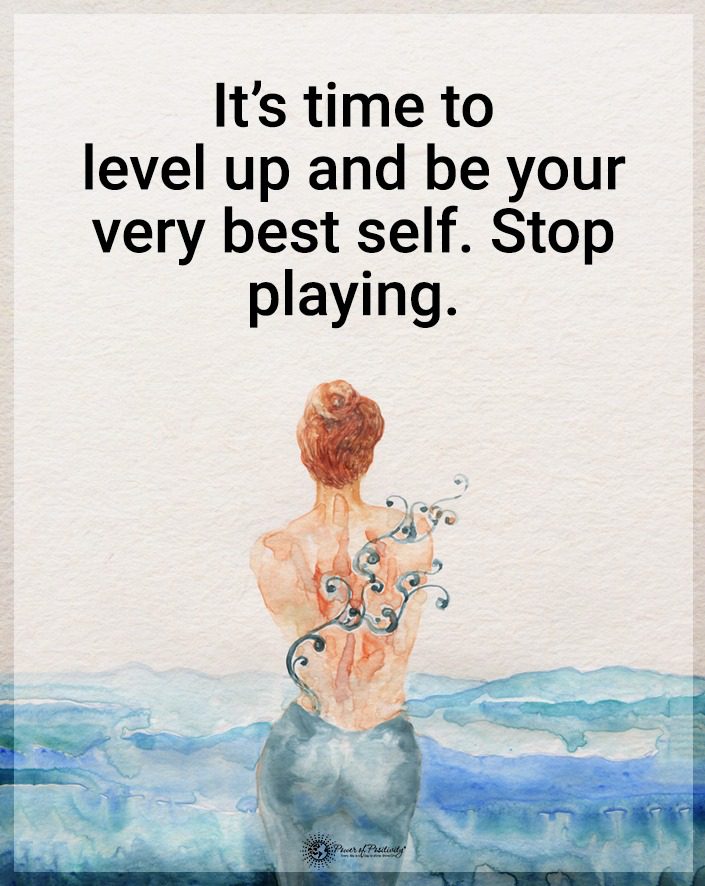Here’s why sisters and brothers may drift apart.
Sibling relationships are complex and multifaceted. They often contain an intriguing blend of love and rivalry. But these disputes generally work out, at least when children live under the parent’s roof. It’s when siblings leave the family home that things usually go awry. Despite familial bonds and love, various factors can lead to sibling estrangement, creating emotional distance between sisters and brothers.
Understanding these factors is crucial for fostering healthier relationships and, where possible, reconciliation.
What Is Sibling Estrangement?
Sibling estrangement is when siblings, who typically share a lifelong bond from childhood, become emotionally distant and disconnected from each other. This estrangement is not just about physical distance. Rather, it is more about the erosion or complete breakdown of the emotional and relational ties that bind siblings.
Estrangement can manifest in various forms, from reduced communication and infrequent visits to a complete lack of contact. It might involve feelings of indifference, discomfort, or even hostility. Unlike normal familial rivalries or occasional disagreements common in family dynamics, estrangement comes with a persistent and profound gap in the relationship.
The causes of sibling estrangement widely vary. They can stem from deep-seated issues originating in childhood, differences in values and lifestyles, or specific events that trigger conflict. Sometimes, the estrangement is mutual. It can often mean that both siblings feel disconnected. In other cases, one sibling might feel estranged while the other seems oblivious to the rift.
Understanding sibling estrangement is crucial because siblings often form our longest-lasting familial relationships. These relationships can significantly impact our social and emotional development. When these bonds are strained or broken, it can bring feelings of loss, guilt, or regret. Addressing and acknowledging the reasons behind sibling estrangement is a vital step towards healing and reconciliation, or in some cases, finding personal closure and moving forward.
15 Causes of Sibling Estrangement

If you see any signs of drifting apart from your sisters or brothers, it may be to understand why.
1 – Sibling Estrangement May Come From Competition and Rivalry
Competition, often rooted in childhood, can persist into adulthood. This rivalry can strain sibling bonds, whether for parental attention, success, or other achievements. When siblings constantly compare themselves, it can create a sense of inadequacy and rivalry. This competitive spirit can overshadow the love and support that should define a sibling relationship if left unchecked. These competitive feelings can resurface in adulthood in professional achievements or personal milestones. Of course, that only leads to further straining the relationship.
2 – Family Roles and Expectations
Family dynamics play a significant role in sibling relationships. Stereotypical roles, like the responsible eldest or the baby of the family, can lead to resentment and misunderstanding. These predefined roles can create unrealistic expectations and pressure, causing siblings to feel pigeonholed or misunderstood. When one sibling is always expected to be the caretaker or the other is perpetually seen as needing care, it can lead to frustration and a desire for independence from these roles, potentially leading to estrangement.
3 – Jealousy and Resentment
Jealousy, whether over perceived favoritism, achievements, or relationships, can erode the bond between siblings. Resentment, if not addressed, can lead to long-term estrangement. This jealousy often stems from comparisons made by themselves or others, leading to feeling less valued or loved. These negative emotions can erode when they are not openly discussed and resolved. Thus, the situation creates a deep-seated resentment that becomes difficult to overcome, driving a wedge between siblings.
4 – Sibling Estrangement Might Arise From Traumatic Events
Traumatic events can impact siblings differently. The varying ways of coping with grief and stress can drive a wedge between them. While one sibling might seek closeness and support, another might prefer solitude, leading to misunderstandings and feelings of abandonment. Additionally, unresolved trauma can resurface in interactions, causing conflicts and deepening the emotional divide, making it challenging to maintain a supportive sibling relationship.
5 – Mental Health Issues
Mental health challenges can strain relationships. Misunderstanding or lack of support can lead to distance and estrangement. When one sibling struggles with mental health issues, the other may feel overwhelmed, helpless, or even neglected, especially if they don’t fully understand the condition. Conversely, the sibling facing mental health challenges might feel judged or unsupported, leading to a sense of isolation from their family, including their siblings.
6 – Substance Abuse
Substance abuse not only affects the individual but also their relationships. The associated behaviors can create trust issues and conflicts, leading to estrangement. The unpredictability and volatility associated with substance abuse can strain the patience and empathy of siblings, leading to a breakdown in trust. Furthermore, the non-abusing sibling might feel a sense of responsibility yet helplessness, which can be emotionally draining and lead to a decision to distance themselves for self-preservation.
7 – Parental Influence
Parents can unintentionally contribute to sibling estrangement. Favoritism, comparison, or involvement in sibling disputes can exacerbate tensions. When parents consistently favor one child over another or compare siblings against each other, it can sow seeds of resentment and competition. Additionally, parents intervening in sibling conflicts without impartiality can escalate rather than resolve issues. As a result, they may cause long-standing rifts between brothers and sisters.

8 – Sibling Estrangement Might Be a Simple Lack of Effort
Relationships require effort from both sides. A lack of effort to maintain the relationship, such as not reaching out or participating in family events, can lead to estrangement. The bond weakens when one or both siblings do not try to communicate, celebrate milestones, or support each other during tough times. This lack of engagement and initiative can be perceived as indifference or neglect, gradually leading to an emotional disconnect.
9 – Communication Breakdown
Good communication is the key to every successful relationship – even for siblings. Misunderstandings, lack of open dialogue, and poor listening skills can create a rift between siblings. Over time, this communication breakdown can lead to estrangement. Small misunderstandings can escalate into major conflicts when family members stop sharing their thoughts and feelings or fail to address issues directly. As a result, the miscommunication may cause a cycle of silence and resentment, where sisters and brothers gradually drift apart, losing the intimacy and trust that once defined their relationship.
10 – Personality Clashes
Just like any individual, siblings can have clashing personalities. Differences in temperament, interests, and lifestyles can create friction, sometimes leading to long-term estrangement. When family members have contrasting personalities, such as introverted and extroverted, it can lead to misunderstandings and frustration. These personality differences can be exacerbated by external factors like stress or life changes, making it challenging for siblings to empathize, eventually weakening the bond.
11 – Life Choices and Values
Divergent life paths and values can create a divide. For instance, one sibling’s choice of career, lifestyle, or partner may not align with the other’s expectations or beliefs, leading to tension and distance. This tension is often heightened when these choices are deeply tied to core values or cultural and familial expectations. For example, suppose one sibling pursues a non-traditional career path or another choice that deviates from family norms. In that case, it can create disapproval or misunderstanding from the other sibling. Over time, these differences can become a significant barrier to maintaining a close relationship.
12 – Sibling Estrangement May Come From Differing Life Stages
Different life stages can create a disconnect. For example, one sister or brother has children while the other struggles with fertility issues. The differing priorities and experiences can lead to a gradual estrangement. Another example is a sister immersed in parenting who may have less time and energy for their single brother, who might feel left out or unable to relate to the challenges of parenthood. This disparity in lifestyles and priorities can create a gap in understanding and empathy, making it difficult to maintain the same level of closeness.
13 – Financial Disputes
Money matters, including inheritance issues or financial support, can create significant tension between family members, often leading to estrangement. Disagreements over the distribution of assets, perceived inequalities in financial support from parents, or differing attitudes towards money can all contribute to deep-seated conflicts. These disputes often symbolize deeper issues of fairness and recognition, making them particularly challenging to resolve and potentially leading to long-lasting estrangement.
14 – Physical Distance
Sometimes, simply living far apart can weaken the sibling bond. Over time, the lack of regular interaction can lead to emotional distance. Physical distance can make it even more challenging to share everyday experiences. As a result of the distance, sisters and brothers have a gradual loss of common ground. Additionally, significant life events might be experienced separately. Thus, this often diminishes the closeness that proximity brings and makes it easier for brothers and sisters to drift apart emotionally.
15 – Marital and Family Issues
A sibling’s spouse or family dynamics can influence their sibling relationship. Conflicts or differing family priorities can lead to estrangement. A spouse may not get along with their partner’s siblings, creating tension and forcing the sibling to choose sides. Alternatively, the demands of one’s immediate family, such as parenting responsibilities or spousal commitments, can leave little time or energy for maintaining family relationships. As a result, the “busyness” of life leads to gradual estrangement over time.
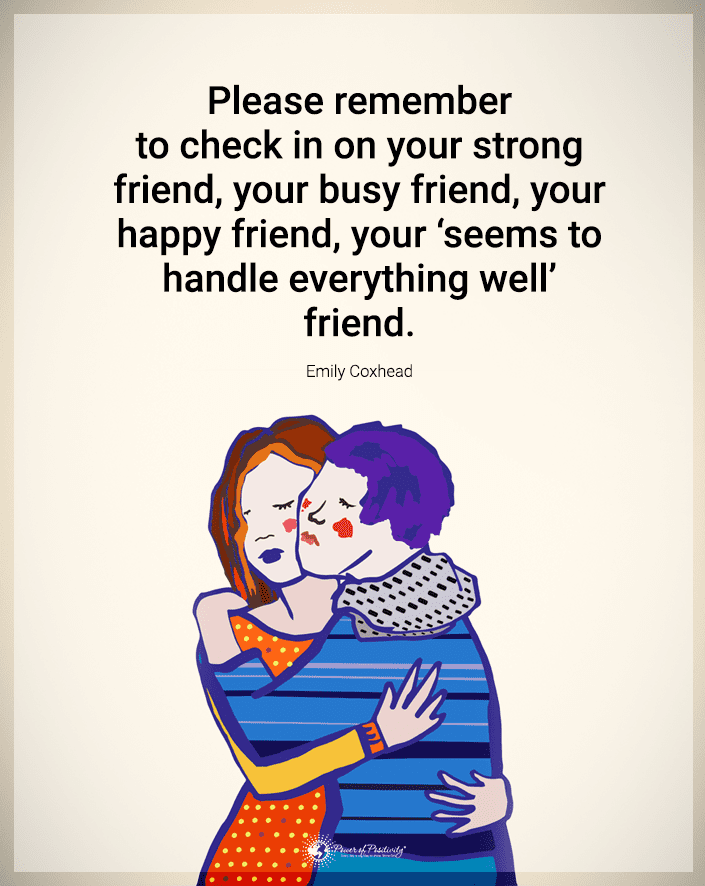
Final Thoughts on the Causes of Sibling Estrangement
Understanding these reasons is a good first step towards addressing and, hopefully, healing sibling estrangement. It’s important to approach these issues with empathy, open-mindedness, and a willingness to communicate and understand each other’s perspectives. While not all estranged relationships can be mended, recognizing these causes can help foster healthier dynamics in these family relationships.

